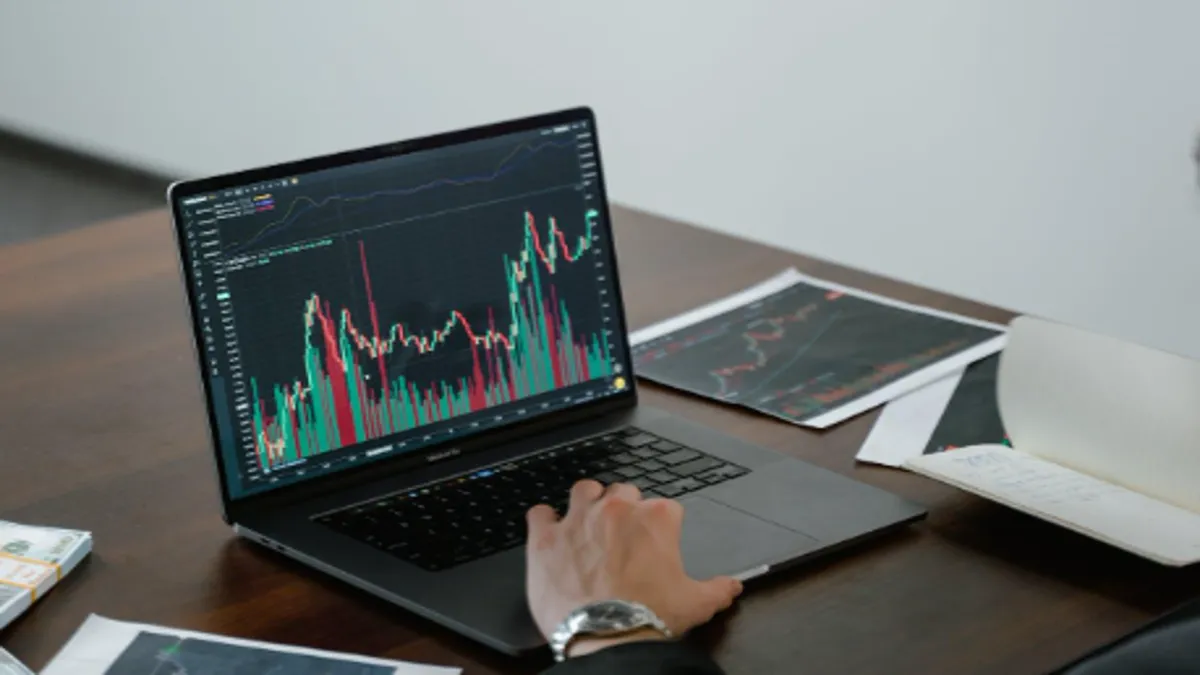Most traders hear about CFDs but struggle to grasp what they actually do. The concept seems abstract until you see it in action. CFDs offer flexibility that traditional investing simply cannot match, letting you profit from rising markets, falling markets, or even protect your existing investments.
Let’s discover exactly how CFDs work through real scenarios that show their power and their risks.
What Are CFDs and How Do They Function?
A CFD, or Contract for Difference, is an agreement between you and a broker to exchange the difference in an asset’s price from when you open the trade to when you close it. You never own the underlying asset itself. Instead, you’re betting on price movements.
The CFD meaning becomes clearer when you realize you can trade on margin, meaning you only put down a small percentage of the total trade value as a deposit. This creates both opportunities and dangers that we’ll examine through practical examples.
Profiting When Prices Rise
Imagine Apple stock trades at $150 per share. You believe their upcoming product launch will drive the price higher. Rather than buying 100 actual shares for $15,000, you open a long CFD position on 100 Apple CFDs.
If Apple rises to $160, you make $1,000 profit when you close the position. The calculation is simple: ($160 – $150) × 100 CFDs = $1,000. Your profit matches what you would have earned owning the actual shares.
However, if Apple drops to $140, you lose $1,000 plus any overnight financing charges. The same calculation applies: ($140 – $150) × 100 CFDs = -$1,000.
Making Money When Markets Fall
CFDs shine when you want to profit from declining prices. This strategy, called going short, is nearly impossible with traditional stock ownership.
Suppose Tesla trades at $200 per share, but your technical analysis suggests it’s overvalued. You open a short position on 50 Tesla CFDs, essentially betting the price will fall.
If Tesla drops to $170 as you predicted, you earn $1,500: ($200 – $170) × 50 CFDs = $1,500. You profited from the decline without ever owning Tesla stock.
The risk is if Tesla surges to $230 on unexpected good news, you lose $1,500: ($200 – $230) × 50 CFDs = -$1,500.
Hedging an Existing Portfolio
CFDs excel at hedging, which means protecting existing investments from temporary downturns. This strategy lets you keep your long-term holdings while safeguarding against short-term volatility.
Say you own £100,000 worth of UK stocks but worry about a market correction over the next month. Instead of selling your shares and triggering taxes, you open a short position on the FTSE 100 index CFD equivalent to your portfolio value.
If the market drops 10%, your physical stocks lose about £10,000 in value. But your short CFD position gains approximately £10,000, offsetting the loss. Your portfolio stays protected without disrupting your long-term investment strategy.
Trading on Leverage
Leverage multiplies both your potential profits and losses. This feature makes CFDs particularly powerful and dangerous. Gold trades at $1,800 per ounce. Buying 100 ounces physically costs $180,000. With CFDs offering 10:1 leverage, you control the same position size with just $18,000 margin.
If gold rises to $1,850, you make $5,000: ($1,850 – $1,800) × 100 oz = $5,000. On your $18,000 deposit, that’s a 27.7% return. But if gold falls to $1,750, you lose $5,000, which equals a 27.7% loss on your margin.
If losses approach your margin amount, you’ll receive a margin call requiring additional funds or face automatic position closure.











